Nesting dates of Moorland Birds in the English, Welsh and Scottish Uplands
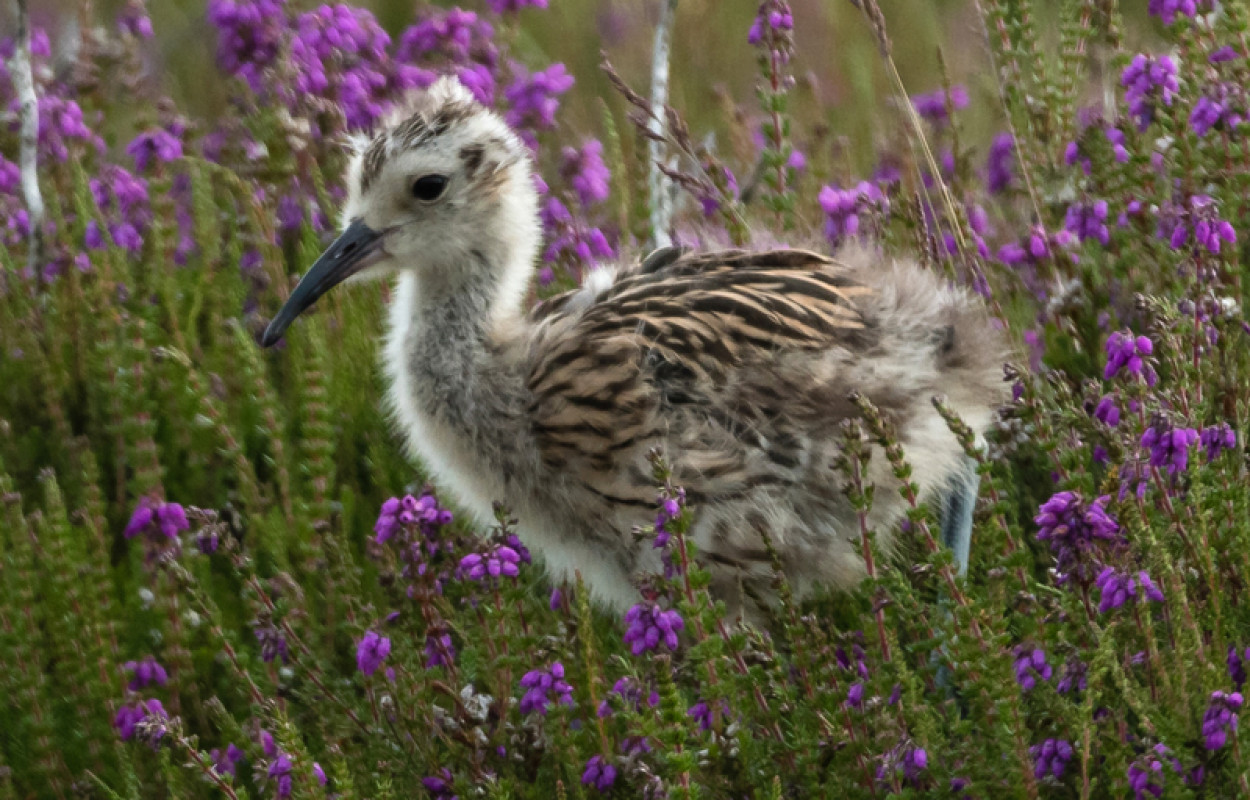
Author(s): Wilson, M.W., Fletcher, K., Ludwig, S.C. & Leech, D.I.
Published: February 2022 Issue No.: 741
Publisher: British Trust for Ornithology
ISBN: 978-1-912642-32-8
Download article 3.03 MB application/pdf
Rotational burning of vegetation is a common form of land management in UK upland habitats, and is restricted to the colder half of the year, with the time period during which burning may be carried out in upland areas varying between countries. In England and Scotland, this period runs from the 1st October to 15th April, but in the latter jurisdiction, permission can be granted to extend the burning season to 30th April. In Wales, this period runs from 1st October to 31st March.
This report sets out timing of breeding information for upland birds in England, Scotland and Wales, to assess whether rotational burning poses a threat to populations of these species, and the extent to which any such threat varies in space and time.
Abstract
1. Rotational burning of vegetation is a common form of land management in UK upland habitats, and is restricted to the colder half of the year, with the time period during which burning may be carried out in upland areas varying between countries. In England and Scotland, this period runs from the 1st October to 15th April, but in the latter jurisdiction, permission can be granted to extend the burning season to 30th April. In Wales, this period runs from 1st October to 31st March.
2. This report sets out timing of breeding information for upland birds in England, Scotland and Wales, to assess whether rotational burning poses a threat to populations of these species, and if any such threat varies in space and time.
Datasets and modelling
3. First-egg dates were estimated from Nest Record Scheme (NRS) records for 17 species of moorland and moorland edge habitats. General Linear Models related laying date to species, year, latitude, longitude, elevation, habitat, rainfall, temperature, proximity of roads and occurrence of moorland burning.
4. Laying date models for individual species were also constructed, based on first-egg dates derived from NRS and Ringing Scheme records, and including year, latitude and longitude as explanatory variables.
5. Independent datasets for species poorly represented in the NRS dataset were obtained from existing studies of these species in upland areas. These were used to validate the results of models based on NRS and Ringing Scheme records.
6. Timing of breeding information from studies of Red Grouse in Strathspey (1992–2016) and Langholm (2008–2016) was analysed in relation to overlap with burning seasons, relationship with elevation, and (for Strathspey only) trends over time.
7. Importance of landscapes where moorland burning is practised was explored, to bet ter understand the impact of burning at a population level. Using the RSPB/JHI moorland burning dataset, three categories of tetrads were distinguished: those with burned moorland; those with moorland but no evidence of burning; and all other tetrads. Count data from the Bird Atlas were used to assess the relative abundance of different species in each category and, for England, Scotland and Wales, the proportion of each species’ population in tetrads with burned moorland.
8. The potential for pre-breeding impacts of heather burning was assessed by comparing data on timing of migrant arrival from BirdTrack reporting rates with the relevant burning seasons. National reporting rates were used to estimate peaks of arrival for long-distance migrants, while reporting rates in 1 km squares containing burned moorland were used to estimate timing of arrival for a broader suite of species, including many short-distance and partial migrants.
Importance of laying phenology
9. Mean laying date varied considerably between species. Standardised values predicted for different species by the all-species model for the year 2019 spanned a two-month period between late March and late May.
10. Over the four-decade period from which the modelled data were drawn, mean laying date across all species in the model advanced by about one day every eight years. Other variables significantly related to laying date in this model are easting, northing, cover of conifer woodland and semi-natural grassland, rainfall and temperature.
11. Predictions of laying date from individual species models agreed well with estimates from the global model based on data from all species. There is, however, considerable variation among these models in whether, and at what rate, laying dates appear to have advanced.
12. Mean laying dates from individual datasets also fit well with the predictions generated from BTO datasets, suggesting that these models are suitable for evaluating the effect of timing of breeding on the risk posed by moorland burning to upland birds.
13. Across the available time series, 3% of Red Grouse clutches in Strathspey and 4% of Red Grouse clutches at Langholm were initiated before 15th April. The proportions of clutches started before the end of April were considerably higher, being 72% in Strathspey, and 93% at Langholm.
14. Between 1992 and 2016, mean clutch initiation date for Red Grouse in Strathspey advanced by 0.46 days per year. Clutch initiation date between 2009 and 2016 did not differ significantly between Strathspey and Langholm. Strathspey nests at higher altitudes were initiated later (by 1.1 days per 100 m) than those at lower altitude.
Importance of distribution and arrival phenology
15. Many moorland species were more abundant in tetrads with burned moorland than in tetrads with unburned moorland, or in the wider countryside. In England, tetrads with burned moorland accounted for 61% to 78% of the populations of Black and Red Grouse, Golden Plover and Ring Ouzel. Negative effects of burning on these species could have larger consequences for their populations, particularly in England.
16. Some long-distance migrants (such as Wheatear and Ring Ouzel) arrive back in their upland breeding areas several weeks before the main burning season closes in mid-April. Most shor t-distance and partial migrants that breed in these areas return well before the end of any of the earliest of the upland burning periods.
Main conclusions
17. Changes in timing of breeding over the past several decades have been modest. These vary between species, with laying dates typically advancing by 1–2 days per decade.
18. Overlap for most species between burning season and laying dates remains small. Even among early breeding birds in moorland areas, the risk presented by burning is low for many species. Early breeders include species such as Golden Plover and Lapwing that typically breed in short vegetation unlikely to be targeted for burning, and species such as Golden Eagle and Peregrine that breed on crags, most of which are unlikely to be included in rotational burns.
19. The overall risk to populations posed by burning depends on several factors. Some of these, such as timing of breeding, nesting ecology, and the proportion of each population that nests in areas of rotationally burned moorland, are species-specific. Others, like the area of moorland burned each year, and the proportion of burning done in the spring, are dependent on management practices and will affect risk in a similar way for many species.
20. Taking all of these factors into account, the species for which burning poses the greatest population level risk are not the earliest breeding species. Stonechat breeding attempts are probably among the most frequently destroyed by burning. However, this species is a habitat generalist which also breeds in lowland areas, so no more than 0.3–0.5% of all Stonechat nests are likely to be destroyed by burning.
21. Conversely, populations of species that often nest in deep heather, such as Ring Ouzel and Merlin, are concentrated in areas where moorland burning takes place, especially in England. For these species, the proportion of breeding attempts directly impacted by heather burning each year is likely to be less than 1% if burning is restricted to the standard burning season. If burning on all moorlands continued until 30th April, this proportion could rise to 4–5% for Merlin and 6–7% for Ring Ouzel.
22. No species has populations that are more concentrated within areas where moorland burning is practised than Red Grouse. The majority of Red Grouse clutches in Strathspey and Langholm are, however, not initiated until after mid-April when the main upland burning seasons in Scotland have closed. A contrastingly large proportion of Red Grouse breeding attempts in Scotland are started before the close of the extended burning season, at the end of April. However, given that boosting of Red Grouse productivity is one of the main reasons for heather burning, moorland managers will typically stop burning when Red Grouse start laying.
23. The close proximity of Langholm to the English border, coupled with the similarity in timing of breeding between Langholm and Strathspey Red Grouse (as well between populations of several wader species in south Scotland and northern England), suggests that most Red Grouse breeding attempts in England will start after the close of the upland burning season there.
24. Spatial variation in breeding phenology across most of England, Scotland and Wales, according to both the empirical information and model outputs presented in this report, is modest. Recent changes made to the upland burning season in Wales, which now ends two weeks before the standard upland season in Scotland and England, mean that the risk posed by moorland burning in Wales is now likely to be substantially lower than elsewhere in Britain.
25. The area where moorland burning within regulated dates has the potential to pose the greatest threat to breeding birds is probably in southern Scotland. Here, given the modest spatial variation detected across the UK, the timing of breeding is likely to approximate that indicated by the model outputs that are standardised to the Yorkshire Dales (just over 100 km away), but burning in some areas may continue up to the end of April, two weeks after the end of the standard season in mid-April.
26. Pre-breeding impacts of burning are not well understood. For some sensitive species such as Merlin and Golden Eagle, pre-breeding impacts could arise via disturbance caused by human activity associated with the burning. Other possible impacts will require further research before they can effectively be taken into consideration.
Notes
ACKNOWLEDGEMENTS: We are especially grateful to the thousands of volunteer nest recorders and ringers who, over the years, have contributed their records and to all the landowners and managers who allowed ringing and nest recording to take place on their land. The NRS is funded under the JNCC/BTO partnership that the JNCC undertakes on behalf of Natural England, NatureScot, Natural Resources Wales and the Northern Ireland Environment Agency. The BTO Ringing Scheme is funded by a partnership of the British Trust for Ornithology, the Joint Nature Conservation Committee (on behalf of Natural England, NatureScot, Natural Resources Wales, and the Northern Ireland Environment Agency), The National Parks and Wildlife Service (Ireland) and the ringers themselves. BirdTrack is delivered through a partnership between the BTO, the RSPB, Birdwatch Ireland, the Scottish Ornithologists’ Club and the Welsh Ornithological Society. The Bird Atlas 2007-11 project was carried out in partnership by the British Trust for Ornithology (BTO), BirdWatch Ireland and the Scottish Ornithologists’ Club (SOC). The moorland burning dataset was collected and provided by RSPB and James Hutton Institute – many thanks to David Douglas, Jen Smart and Jerry Wilson for facilitating the renewal of BTO’s permission to use these data. Thanks to Bridget Griffin for providing pullus ringing data, and to Scott Mayson for extracting BirdTrack data. All records for Red Grouse were taken from datasets collected by past or present Game and Wildlife Conservation Trust staff or students on projects managed and funded by The Game and Wildlife Conservation Trust. We are also very grateful to David Douglas (RSPB), Dave Parish (GWCT), Stuart Sharp and Ian Hartley (University of Lancaster), Ron Summers, Brian Bates, and Brian Etheridge for the provision of individual datasets enabling estimates of first egg dates for individual populations of Common Sandpiper, Curlew and Golden Plover; and to Robin Lyon-Sinclair (RSPB) for pointing us towards several of these datasets. This project was funded by Natural England and we are grateful to Allan Drewitt, Alistair Crowle, Mark Owen and David Glaves of Natural England, and James Pearce-Higgins of BTO, for helpful comments and suggestions on earlier drafts of this report.
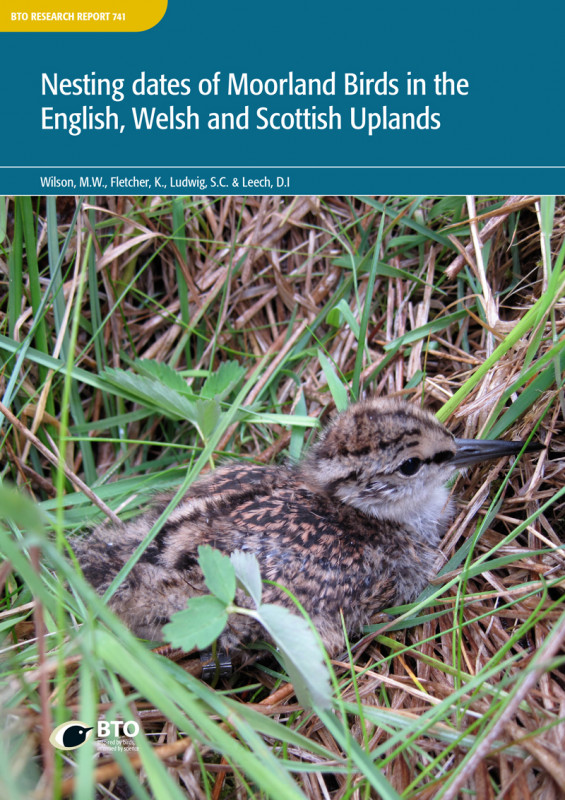




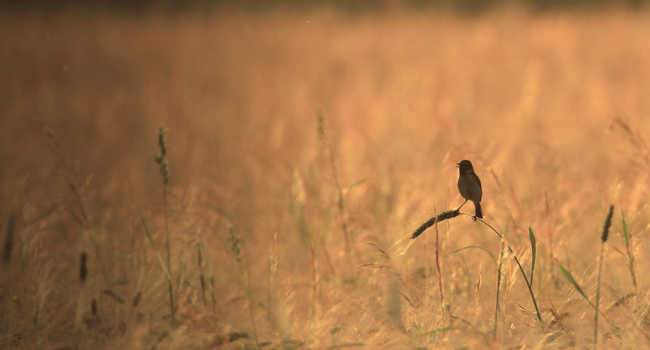
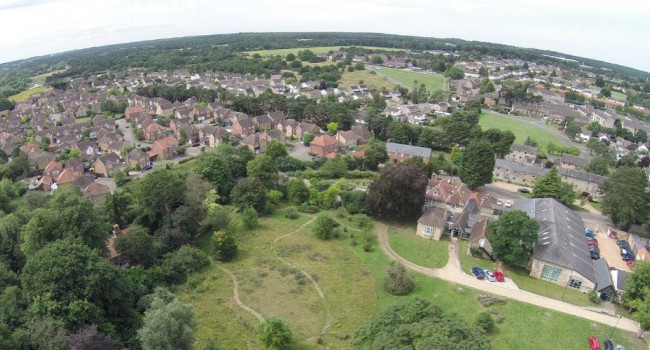
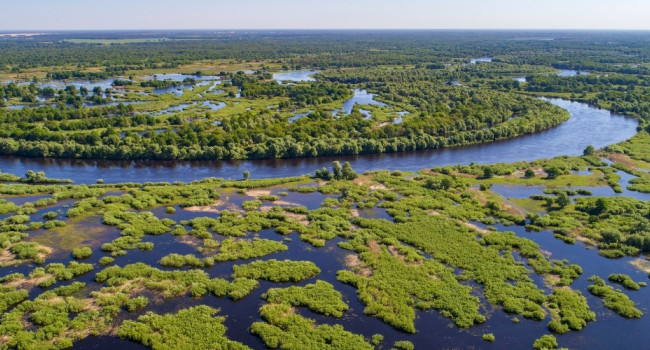

Share this page